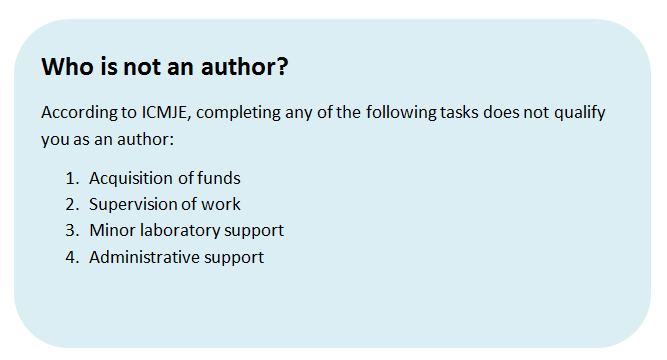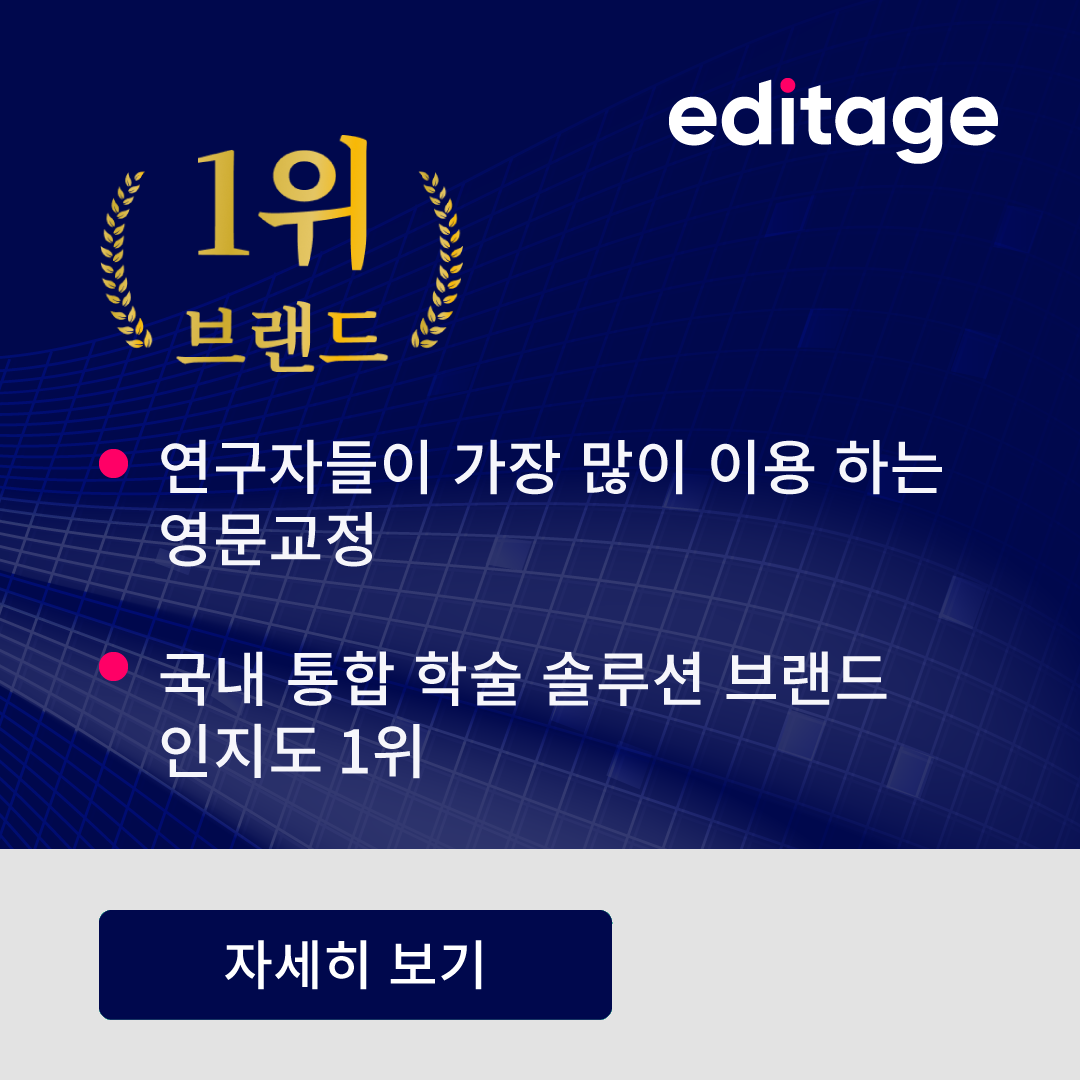A century ago, defining an author was quite straightforward in academia—most articles were written by single authors who were solely responsible for the research conducted. Complexities have arisen in the last several decades with the increasing scope of research, which has engendered collaboration between researchers and institutes across disciplines and specializations and led to an increase in the number of authors per paper.1,2
The involvement of multiple individuals in different capacities naturally evokes the question of who should be credited and held accountable for the research published, especially since careers, ethics, and scientific integrity are at stake. This article outlines the major concepts pertaining to authorship.
Who is an author?
The need for definite guidelines on authorship is disparate across fields. In some branches of the humanities, single authors are still common, and authorship issues surface rarely. In contrast, collaborations are the predominant trend in the sciences, and so there is a greater need for clarity. Therefore, authorities in scientific fields usually spell out authorship criteria.
In broad terms, an author should make significant contributions to the intellectual content of the paper and be willing to take public responsibility for the entire study, including the data and results. The author’s role has been delineated most precisely in the Uniform Requirements for Manuscripts Submitted to Biomedical Journals—established by the International Committee of Medical Journal Editors (ICMJE)—to which many top journals in the biomedical field subscribe. According to ICMJE’s guidelines, an author should have6
- Contributed substantially to conception and design, acquisition of data, or analysis and interpretation of data
- Drafted the article or revised it critically for important intellectual content
- Provided final approval of the version to be published
- Any individual who has contributed to the study in some way but does not meet the criteria for authorship should be mentioned under Acknowledgements.

Contributorship/guarantorship
With several people contributing to different aspects of a research project, the distinction between an author and someone acknowledged elsewhere is often blurred. The unethical publication practices mentioned above only add to these problems. To solve this conundrum, journals are gradually drifting from the authorship model to the contributorship model.3
Many journals now encourage or require authors to describe each person’s contribution to the study. This description is usually printed in a footnote that will appear in the published article. Some journals, like the Journal of the American Medical Association, require these details in the authorship form. The Nature journals require authors to include a statement of responsibility specifying the contribution of each author.
Another concept that has evolved in response to the diluted accountability in multi-author papers is guarantorship. An author (generally a senior member) is asked to serve as a guarantor of the paper, who will be held responsible for the entire work. For example, the British Medical Journal requires at least one author to be listed as a guarantor.
Order of listing authors
What is probably as important to a researcher’s career as the number of papers published is where his or her name appears in the author byline. The order of listing authors deserves a special mention, considering that it is sometimes a bone of contention and can cause bitterness.
In the sciences, and in related fields like psychology, authors are generally listed in the order of the relative importance of their contributions, with the first author being the main author of the paper. An exception is the last author, who is often the head of the department in which the research was carried out. Friction arises when one or more authors think that the order does not reflect the significance of their contributions.
In some branches of humanities, like political science, the trend is to list authors alphabetically4. While this convention may seem a simple measure to preempt any dispute, it has its own disadvantages. Readers get almost no information on who contributed the most, and if the main author’s name begins with a letter late in the alphabet, it’s very likely to be overlooked, or hidden in the “et al” list when the paper is cited by others—naturally, not an agreeable scenario.
Since there is no foolproof system for the ordering author names yet and journals do not normally arbitrate in such disputes, the onus is on authors to decide how best to resolve differences in opinion.
When should authorship/order of authors be decided?
The best time to decide who should be named authors and in what order is before the research project itself is initiated.5,7 The group of individuals who will be involved in the project must ideally agree upon these points, with the person-in-charge assuming a bigger responsibility in clarifying them to junior researchers. Any changes in the level of involvement, or the addition or exclusion of some members, during the project should be approved by the individuals involved and reflected in the author byline. Changes to the author byline after a manuscript has already been submitted are rare, and if required, should be explained to the journal.
Unethical authorship practices
Certain questionable practices, described below, are frowned upon in most fields.
- Honorary/gift authorship: Naming the head of the department where the study is carried out as an author of a paper when he/she has made no significant contribution to the study. This practice may be more prevalent in cultures where supervisors and seniors are treated with respect and it is considered appropriate to include them in the byline.
- Guest authorship: Naming a certain person (generally a senior, well-known researcher) an author in the hope that it will boost the chances of a paper being published, although his/her role in the research may be insignificant.
- Ghost authorship: Omitting the name of a significant contributor from the byline as well as the Acknowledgments section. Such individuals may include those who will be perceived as having conflicts of interest, medical writers, etc.
Concluding remarks
Since an author shares not only credit but also scientific and, sometimes, social accountability for a paper, it is the primary responsibility of each author to preserve scientific integrity. Those who had no significant contributions should desist from taking undue credit, and all those who had should ensure that they are duly credited. When in doubt, authors should consult the authorship guidelines provided by the journal they have chosen for submission and resolve any disputes amicably.











